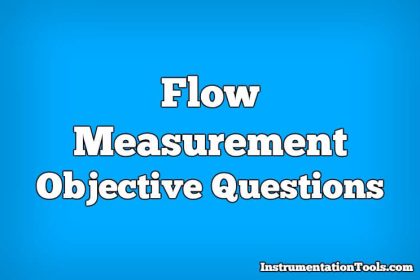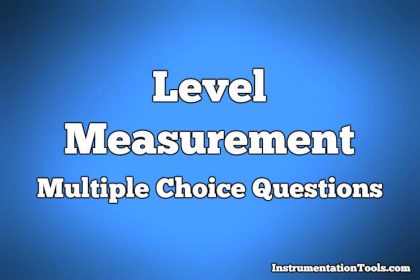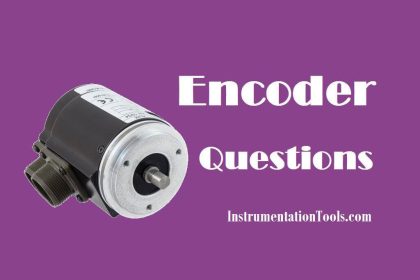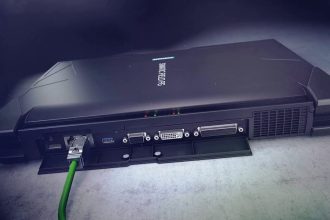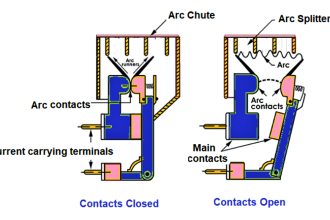All-pass & Minimum-phase Systems
1. A minimum phase unity feedback system has a bode plot with a constant slope of -20dB/decade for all frequencies. What is the value of the maximum phase margins of the system?
a) 0°
b) 90°
c) -90°
d) 180°
Answer: b
Explanation: For given Bode plot, G(s) H(s) =K/jw
As H(s) =1
PM (maximum) =90°.
2. The range of K for the stability of system is 0<K<100. For K =10, The gain Margin of the system
a) 10
b) 5
c) 0.1
d) 0.5
Answer: a
Explanation: Gain margin of the system is 10.
3. The frequency at which the Nyquist diagram cuts the unit circle is known as:
a) Gain crossover frequency
b) Phase crossover frequency
c) Damping frequency
d) Corner frequency
Answer: a
Explanation: The frequency at which the Nyquist diagram cuts the unit circle is known as gain cross over frequency.
4. The forward path transfer function of a unity feedback system is given by G(s) = 1/(1+s)^2. What is the phase margin of the system?
a) –π rad
b) 0 rad
c) π/2 rad
d) π rad
Answer: d
Explanation: Magnitude at gain cross over frequency is 1 and PM is π rad.
5. Consider the following statements:
1. The delay time is the time required to reach 50% of the final value in the first time.
2. The rise time is the time required for the response to rise from 10% to 90% of its final value for underdamped systems.
3. The rise time is the time required for the response to rise from 0 to 100% for the underdamped systems.
Which of these statements are correct?
a) 1,2 and 3 only
b) 1 and 2 only
c) 1 and 3 only
d) 2 and 3 only negative real axis
Answer: c
Explanation: The rise time is the time required for the response to rise from 10% to 90% of its final value for overdamped systems.
6. For minimum phase systems:
a) Pole must lie on left plane
b) Zeroes must lie on left plane
c) Poles and zeroes must lie on left plane
d) Both must lie on right plane
Answer: c
Explanation: For minimum phase systems poles and zeroes must lie on the right s-plane.
7. For non-minimum phase systems:
a) Poles and zeroes must lie on the right s-plane
b) Zeroes must lie on right of s-plane
c) Both lie on left of s-plane
d) Poles must be on the left and zeroes can be on the right s –plane.
Answer: d
Explanation: For non-minimum phase systems poles must be on the left and zeroes can be on the right s –plane.
8. For all-pass systems:
a) Poles must lie on right of the s-plane
b) Zeroes must lie on the left of s-plane
c) Poles must lie on the left and zeroes on the mirror image of the pole can be on the right
d) None of the mentioned
Answer: c
Explanation: For all-pass systems poles must lie on the left and zeroes on the mirror image of the pole can be on the right.
9. All pass system and minimum phase system constitute_________________
a) Pole must lie on left plane
b) Minimum phase system
c) Non-minimum phase system
d) Both must lie on right plane
Answer: c
Explanation: All pass system and minimum phase system constitute non-minimum phase system.
10. Minimum phase systems have unique relationship between its phase and magnitude curves
a) True
b) False
Answer: a
Explanation: Minimum phase system has the least phase angle range for a given magnitude curve.

